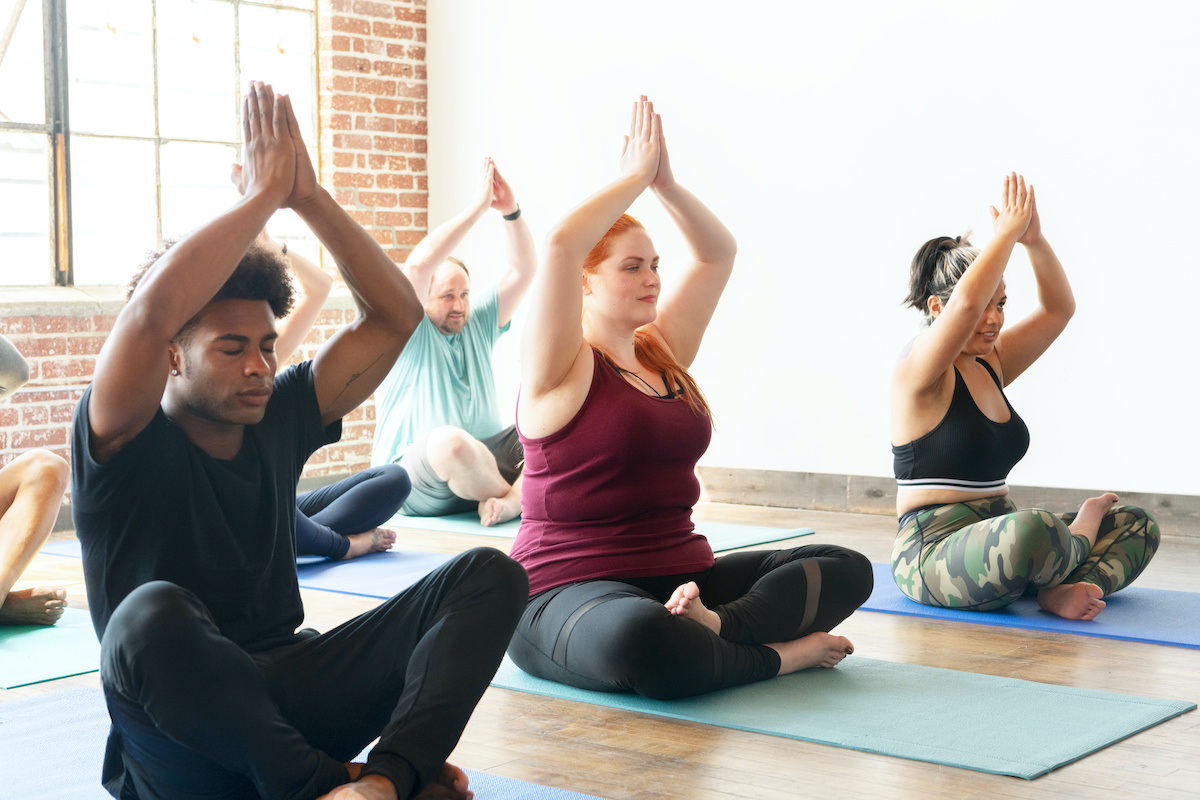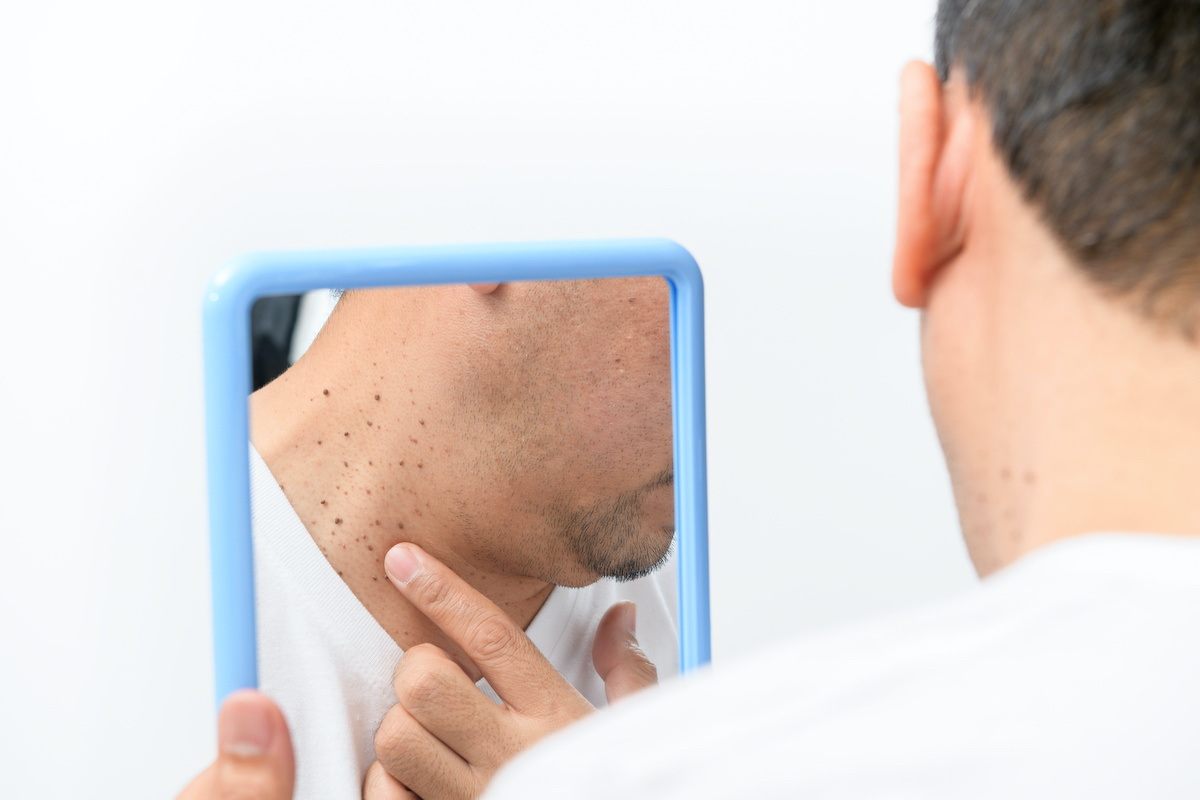
The typical average adult head weighs approximately 10-12 pounds. But did you know that bending it forward at a 45-degree angle to look at a cellphone or tablet can dramatically increase your chances to have “tech neck?”
“That’s like having an 8-pound bowling ball as your head. Then you have 72 pounds at your elbow and 96 pounds on your shoulder,” says Brian Langenhorst, industrial and ergonomics specialist at Mayo Clinic Health System in La Crosse.
Tech neck is any form of chronic neck or shoulder pain, soreness, or stiffness caused by poor posture while using technology such as phones or computers. Looking down at electronic devices causes the neck muscles to strain and the shoulders to slump forward.
You might notice some musculoskeletal fatigue, or you may notice pressure on nerve supply, which then can have some referred pain, in your arms and hands. Over time, this position can deform your shoulder, chest and neck muscles and put pressure on your spine.
At work you may spend eight to 10 hours on a computer, staying in a static position for extremely long periods of time. Then you come home and spend a couple of more hours on your computer, tablet, or smartphone. That’s extremely fatiguing to your neck and body.
Tech neck also can cause issues beyond your neck and shoulders. Extra spinal pressure in your neck can lead to lower back pain, headaches and herniated disks (slipped or bulging disks). Altered neck muscles and poor posture also can strain jaw joints and muscles, creating temporomandibular joint pain.
In a box:
On average, people spend three hours and 15 minutes on their phones each day. Individuals check their phones an average of 58 times each day. Almost half (46%) of Americans believe they spend an average of four to five hours on their smartphones each day. A 2020 study discovered that Americans will spend nearly nine years of their life using their phone.
“Just think about kids and when they’re home. They have their tablet, desktop, or phone at home for homework. Just look at their posture and see what their posture looks like. Are they in a pretty good position? If they’re not, they’re probably in all sorts of kind of goofy postures,” says Langenhorst. “They can probably get away with it while they’re a little bit younger and invincible. But soon, even in their early 20s, muscle fatigue is going to kick in, and we’re going to notice some more strain and sprain. Make sure they’re doing some consistent stretching and movement that we build into our day.”
One tip Langenhorst also recommends is placing pillows on your lap allowing your forearms to be supported on those pillows. He also suggests trying to hold the phone at more of an upright, angled position.
“It’s not great, but it’s better than not being supported,” Langenhorst shares. “As we age, the disks of our spine become narrowed, we start to lose some of the cushiness that’s there. That can generate a little bit more pressure on the nerve roots that come out of the level of the neck. As you get older, meaning 45 and older, those disk spaces become narrower. That can put pressure on your nerves within your neck. Some people could notice a level of fatigue and discomfort, then generating into pain. Pain can then generate into disability.”
Tips to improve tech neck
Other ways to improve your computer posture include:
- Place your screen 20-30 inches away from your eyes (about an arm’s length).
- Use a computer monitor or laptop stand to help elevate your screen to the right level (or stack some books).
- Sit with your head, hips and spine stacked. Your eye height should be about 1/2 inch to 1½ inches higher than the screen because we have a 15-degree eye gaze. When you’re looking straight ahead, your neck muscles and your back muscles and your upper shoulder muscles get a chance to relax. This prevents putting uneven pressures on the nerve supply or the muscle groups.
- Keep your wrists straight and your elbows bent at about 90-degree angles.
- Keep your knees in line with your hips and your feet flat on the floor.
“The greatest challenge is we’re not working or staying in a neutral or straight posture. I want to be able to have my head in an upright position, ears over shoulders, shoulders over hips,” he says.
Neck pain is the fourth leading cause of disability, with an annual prevalence rate exceeding 30%. Most episodes of acute neck pain will resolve with or without treatment, but nearly 50% of people will continue to experience some degree of pain or frequent occurrences. Source: https://newsnetwork.mayoclinic.org/discussion/tech-neck-is-a-pain-in-more-than-just-the-neck/









